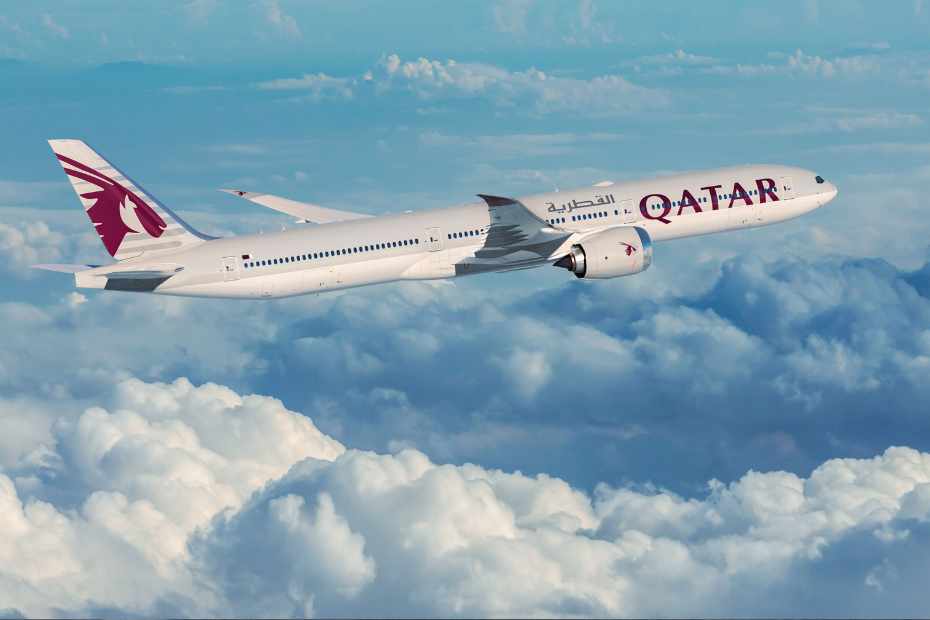10 Years Ago, TV’s Most Underrated Time-Travel Show Premiered

Everybody wants something different from a time-travel story. Some want a sense of adventure that the subgenre is uniquely well-suited to provide. Others just want to see moments of the past or potential futures realized onscreen. Not every sci-fi story has to satisfy both of those desires. In order to truly win over their viewers, though, the one thing every time-travel movie and TV show should be is immersive.
From the very beginning, Outlander has understood that. The romantic drama, which was originally developed by For All Mankind co-creator Ronald D. Moore and is based on a series of books by Diana Gabaldon, tells a straightforward, no-nonsense time travel story. It, nonetheless, quickly stood out when it premiered in 2014 because of the fiery chemistry between its leads and — perhaps even more importantly — the specificity of its setting.
In the 10 years since it made its debut on Starz, the series has experienced its fair share of creative ups and downs. However, all throughout that time, Outlander has remained the most underrated time-travel show on TV.
Outlander has a transportive power that is, at times, astonishing.
Starz
Outlander begins in 1945. It follows Claire Randall (Caitriona Balfe), an intelligent and proud nurse who travels to Scotland with her husband, Frank (Tobias Menzies), following the end of World War II. Whilst on their trip, a chance interaction with a collection of strange standing stones sends Claire back in time to 1700s Scotland. Stranded in a cutthroat and even more patriarchal time, Claire quickly finds herself accompanying an assortment of quirky Scottish highlanders, including a handsome Jacobite rebel named Jamie Fraser (Sam Heughan). The two quickly hit it off and — before Claire has even realized it — fall in love, but their romance is relentlessly tested by the issues of the time and Claire and Jamie’s shared tendency to get into trouble.
If Outlander‘s premise makes it sound like a high-concept twist on a typical romantic fantasy novel, that’s because it is. The show isn’t ashamed of that fact, either. On the contrary, it has embraced the paperback-romance-esque aspects of its story from the very beginning. At times, this has led Outlander down narrative paths both illogical and cringeworthy. For the most part, though, its embracement of its central love story has allowed it to frequently rank as the most romantic TV show of the past decade. That is partly thanks to Balfe and Heughan’s magnetic chemistry, which makes you immediately accept their characters’ romance, as well as their full-throated, shockingly bone-deep portrayals of both Jamie and Claire.
It’s also the natural result of Outlander‘s own affection for its setting and material. There aren’t many shows on TV that love their characters as much as Outlander loves its, and the series’ first three seasons are further enriched by its adoration of Scotland itself. The show spends much of its first season intricately building out its 18th century Scottish setting and spotlighting all of the country’s rolling green hills and misty highlands. In doing so, it makes you fall in love with Scotland at the same pace as Claire, and the same goes for its equally loving recreations of 18th century Paris and revolutionary America.
Outlander‘s unwavering attention to detail not only creates a certain level of affection for its various landscapes and historical backdrops, but it also makes it easier to buy into the show’s time-travel story. The series goes so far out of its way to explore even the most minute details of Claire and Jamie’s ever-evolving life together that it remains, frankly, a far less demanding task to keep up with Outlander’s constant twists and turns than you might think. That is also, once again, a testament to the work done by, specifically, Balfe and Heughan, whose performances always manage to ground Outlander in recognizable emotions even when the show comes dangerously close to letting the plot-heavy nature of its source material get in the way of everything else.
Outlander has consistently ranked as one of TV’s most visually stunning dramas.
Starz
Whether or not Outlander has ever managed to match the highs of its first three seasons is a debate that will likely continue to rage amongst the show’s fans. Its initial seasons were, notably, buoyed by a slew of memorable supporting performances given by, among others, Graham McTavish, Laura Donnelly, Duncan Lacroix, and Simon Callow. The show’s debut seasons were also elevated by Menzies’ double performance as both Frank, Claire’s present-day husband, and Jonathan “Black Jack” Randall, a slimy British military captain who becomes obsessed with Jamie and Claire.
All of this is to say that the fact that Outlander‘s latest seasons have struggled to hold onto the momentum and energy of its first few doesn’t take away from the show’s early accomplishments. When it premiered on Starz in August 2014, it quickly emerged as an impressively vivid take on a seemingly familiar romantic drama. The series’ setting and characters felt immediately alive and well-defined, and its willingness to explicitly explore complex matters of power — particularly in regards to how it affects romantic and sexual relationships of various forms — seemed revolutionary at the time.
Since then, Outlander‘s glow may have faded a bit, but it still hasn’t disappeared. Even now, it and — at the very least — its initial seasons remain (pun intended) well worth your time.
Outlander Seasons 1-6 are streaming now on Netflix. The first half of its seventh season is available to stream on Starz.
Related
Turkish Airlines and Qatar Airways Suspend Mogadishu Flights Following US…
Home » Airlines News of Qatar » Turkish Airlines and Qatar Airways Suspend Mogadishu Flights Following US Embassy Terror Alert, Raising Security Concerns at
Local tourism destinations grow fast
Men sit at the Doha Corniche backdropped by high buildings in Doha on March 3, 2025. Photo by KARIM JAAFAR / AFP DOHA: Local tourism destinations are g
Hajj, Umrah service: Qatar Airways introduces off-airport check-in for pilgrims
Image credit: Supplied Qatar Airways has introduced an off-airport check-in
IAG, Qatar Airways, Riyadh Air, Turkish Airlines, Lufthansa & more…
Turkish Airlines – a Corporate Partner of the FTE Digital, Innovation & Startup Hub – is charting a course to rank among the top 3 global airlines for












